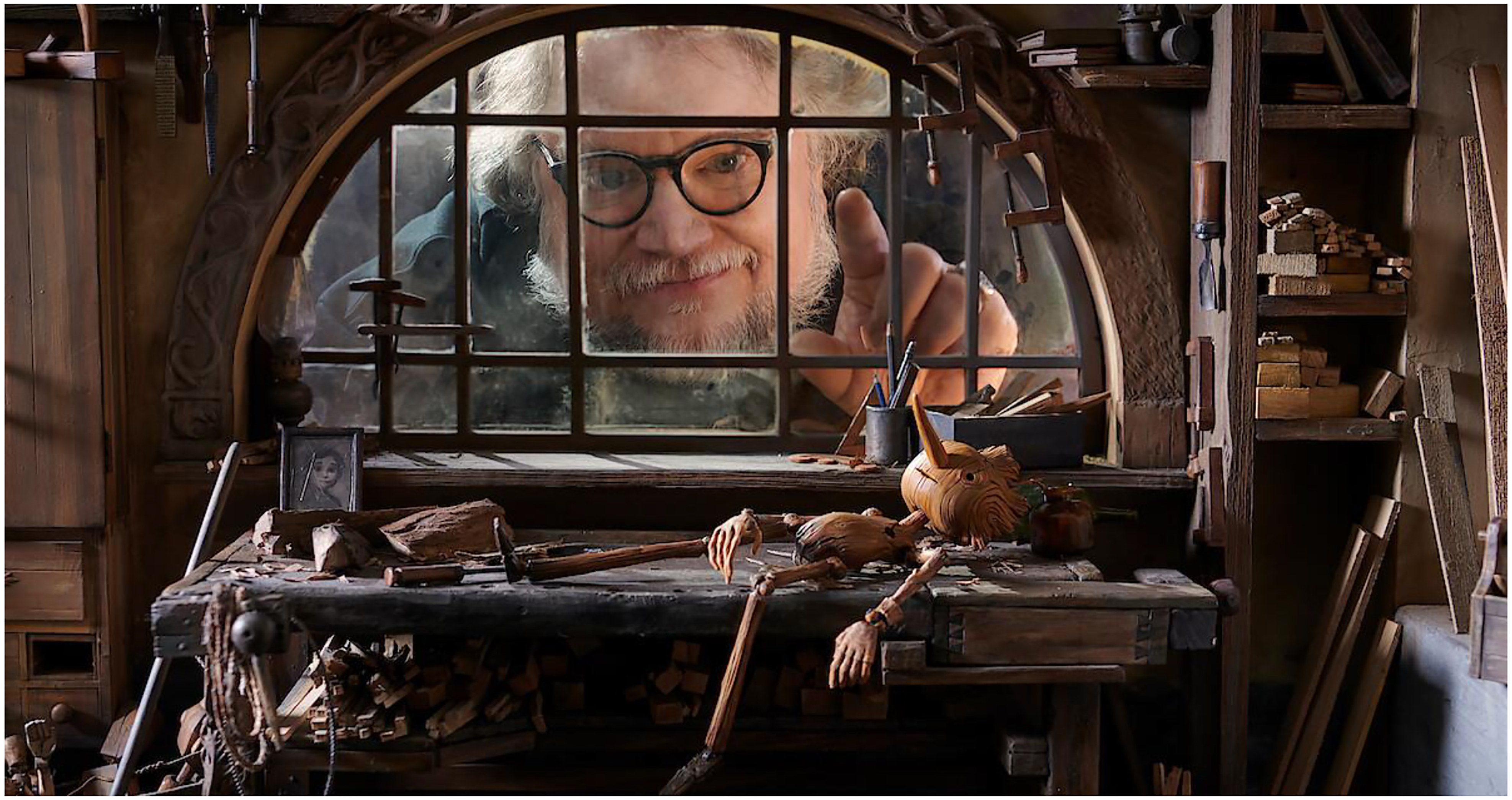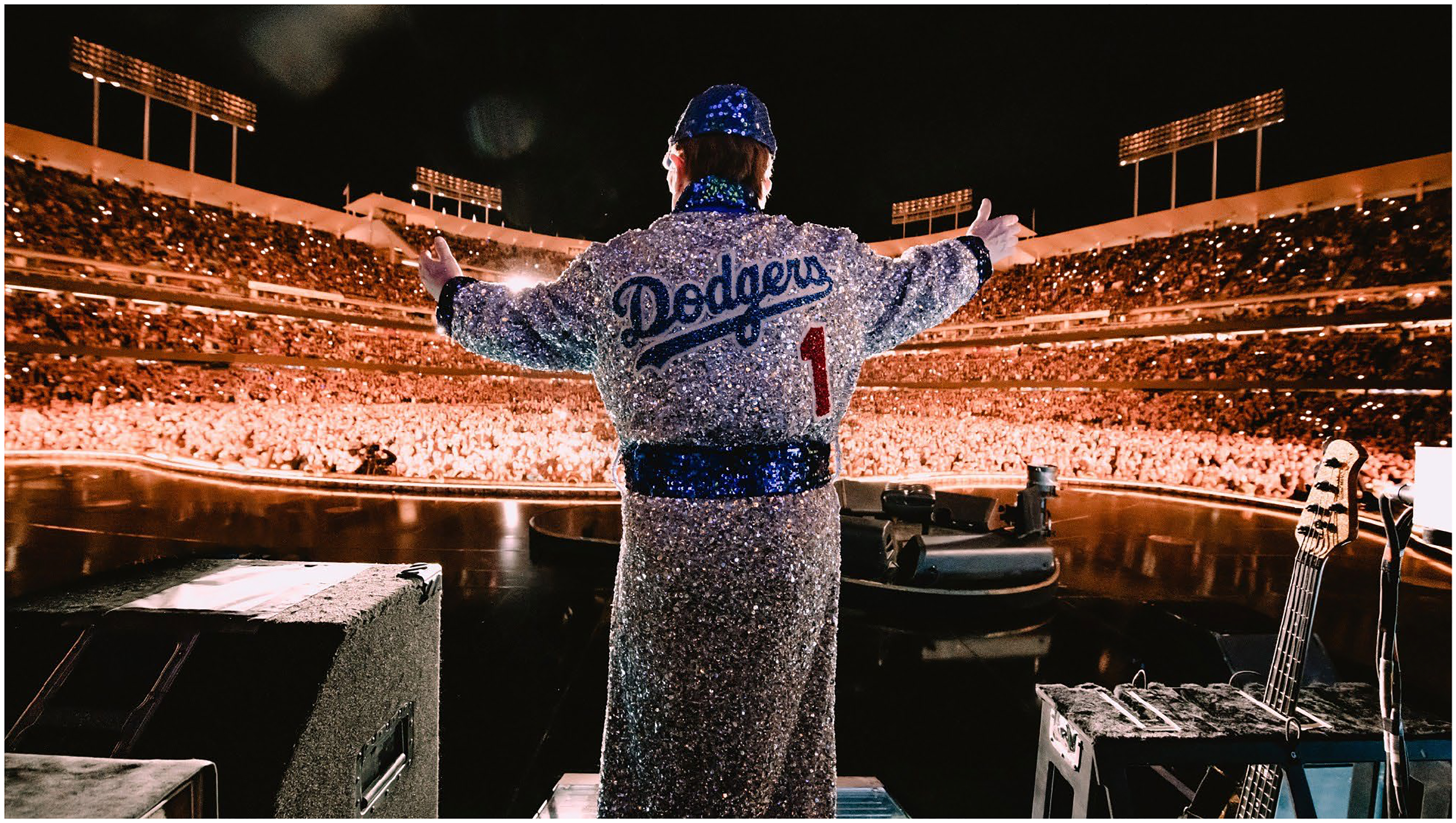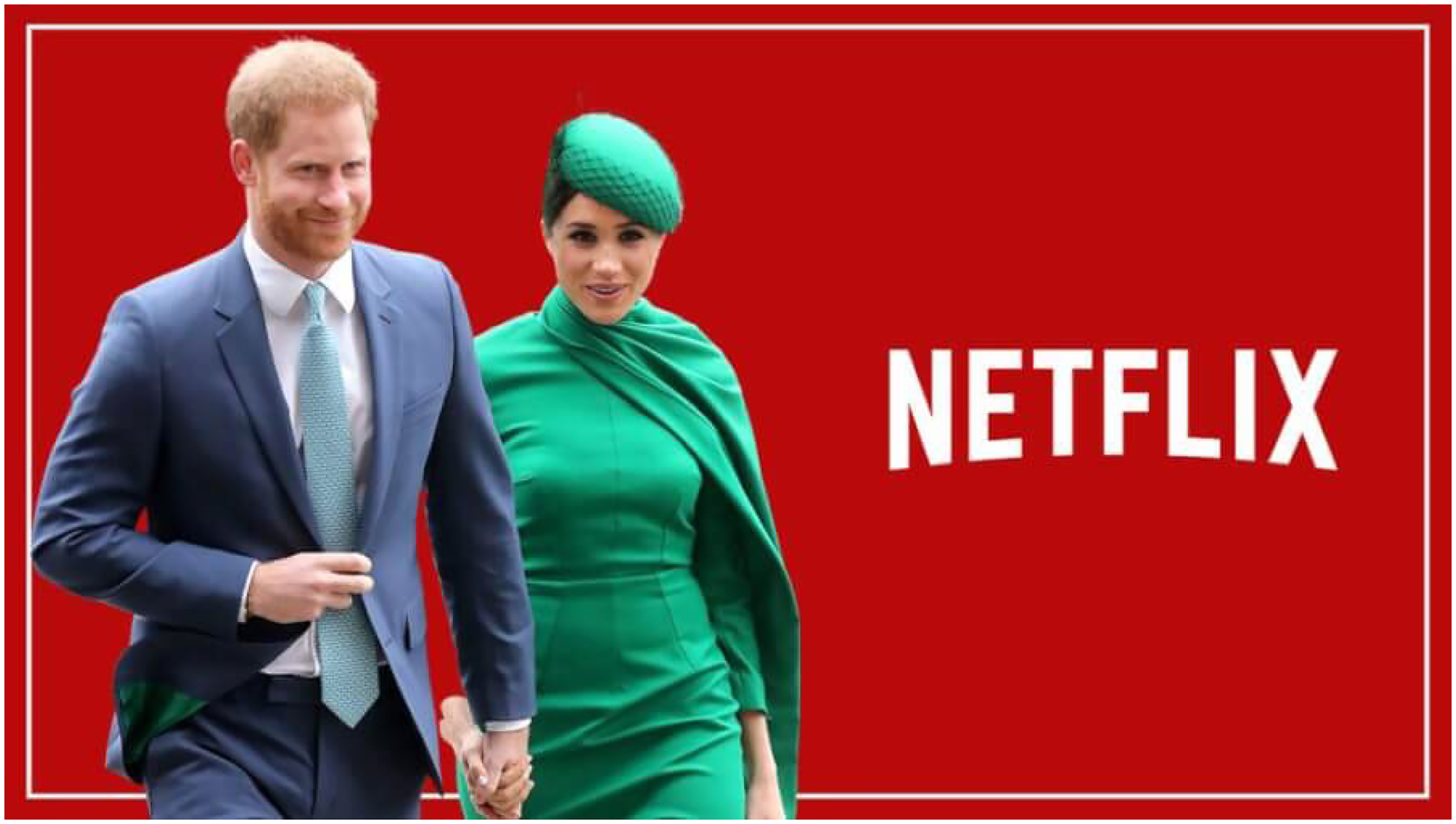As Guillermo del Toro unveiled his new Netflix film, an ambitious stop motion animated reimagining of Pinocchio, at the 2022 London Film Festival, he recalled seeing the classic 1940 Disney version with his mom as a child. The acclaimed director of Pan’s Labyrinth, The Shape of Water, and Nightmare Alley noted the scary, daunting, unsettling world that Pinocchio cinematically portrayed. Cast against the dangerous rise of fascism in Mussolini’s Italy, del Toro admitted the 15-year project (with thousands of animators from across the globe) spanned half his career, insisting that animation is a complex art (rather than a kid’s genre), then emphasized that individuals should not have to change and obediently conform in the face of authoritarian regimes.
The stylish Netflix production available to stream ‘on command’ was surprisingly even more impressive than the new live action remake of the earlier movie streaming on competitor Disney+. In fact, these streaming productions reveal a growing penchant toward nostalgia, remembrance and crises in a rapidly changing and evolving streaming media industry in the wake of three grueling, disruptive years of the global Covid-19 pandemic. Moreover, this decisive harkening back to the past coincides with immense transformation in the emergent new streaming media landscape amid the rocky fallout of corporate mergers, layoffs, losses and abrupt cancellations across the entertainment industry as various conglomerates try to sort out future streaming aspirations in a brave new world.
Other streamers also look back as they move forward. In addition to its vast library of Disney animated classics, Marvel movies and iterations of Star Wars from The Mandalorian to Andor, Disney+ also boasts musical hits such as Lin-Manuel Miranda’s Hamilton and Peter Jackson’s Beatles documentary Get Back. In fact, as del Toro’s Pinocchio was set to stream on Netflix, Elton John’s Final North American Concert, ‘Elton John Live: Farewell from Dodger Stadium,’ recalling his Goodbye Yellow Brick Road album, was the first global live stream on Disney+.
It was a lavish spectacular celebration of the British rock and roll icon and his music beamed digitally around the world fondly remembering Elton John’s historic 1975 Dodger Stadium concert.
While commemorating the superstar’s career, the digital live stream included many celebrities and stars like Taron Egerton, who portrayed the iconic musician in the nostalgic fantasy film biopic Rocketman, dancing in the crowd with fans dressed in flamboyant Elton John attire. It was such an elaborate global streaming production that viewers may not have realized that the head of the media company who was supposed to introduce Sir Elton was fired just a few hours before the show (after Disney reported nearly $1.5 billion in streaming losses), and Bob Iger was brought back from retirement to run the sprawling media company of the Magic Kingdom.
It was an extraordinary cathartic musical moment of remembrance streamed live into the wee hours of the night on the East Coast as colleagues tweeted pictures from the event in Los Angeles. This melodic harkening back to the past was especially moving as famed piano legend Elton played “Funeral For A Friend” (on a day of remembrance further punctuated by millions having perished from the pandemic), and paid tribute to Aretha Franklin, Marilyn Monroe, then brought songwriting collaborator Bernie Taupin, Kiki Dee and his family on stage. We were happy to be able to watch it and relive the music, excitement, experience and memories streaming on demand on Disney+ the next day.
Nevertheless, Hollywood industry trade press papers like Variety and media watchers projected a grim future as media conglomerates announced losses, layoffs and cancellations. In fact, in December 2022, the New York Times reported, “Streaming’s Golden Age Is Suddenly Dimming: After years of breakneck growth, the number of scripted TV series orders made by networks and streamers is in decline.” Media analyst John Koblin acknowledged that “a new reality has become increasingly clear over the past few months in Hollywood: Peak TV has peaked,” adding, “The never-ending supply of new programming that helped define the streaming era — spawning shows at a breakneck pace but also overwhelming viewers with too many choices — appears to finally be slowing.”i
In a town hall for Disney employees, Bob Iger described the cultural moment as ‘challenging times’ for the media industry, and insisted, “It’s not about how much we create, it’s about how great the things are that we do create.” Media reporter Brooks Barnes of the Times likened the admission to “a swipe toward the avalanche of content that Disney and other media companies have been dumping on streaming services to drive subscription growth.” In fact, in an era of cord cutting and rapidly declining broadcast and cable TV viewership, Iger frankly admitted to Disney employees, “If you look long term at the future of linear TV, it would be wise to be skeptical or pessimistic about it.”ii
Yet, does the sobering reality of ‘peak TV’ also suggest a possible trend towards ‘peak streaming’? In truth, I must admit the recurrent predilection among industry watchers toward conflating digital streaming new media and old school conventional television is indeed puzzling and perhaps a bit problematic. As linear TV viewership continues to decline, and especially in the wake of disruptive theater closures due to the deadly Covid-19 pandemic, streaming viewership had initially soared and media companies across the entertainment industry turned to launching their own expensive proprietary streaming services. This was a particularly costly endeavor for the media industry further complicated and compounded by Hollywood studios and TV networks (Disney, Warner Bros., Paramount, AMC, Starz, et. al.) pulling content from more established streaming platforms like Netflix and thus losing huge revenue in licensing films and series to other streamers while also losing viewership from other streaming services.
Moreover, mergers and acquisitions among conglomerates in the media industry have further accelerated cost cutting, corporate losses and layoffs. After subsequent disastrous mergers with AT&T and then Discovery, for instance, Warner Bros. reported massive losses, changed corporate regimes and cancelled a litany of streaming programs for its flagship streaming service HBO Max, canned CNN+ streaming service, indefinitely shelved completed DC films for the HBO Max streaming platform like Batgirl, and even pulled the third sequel film of the Wonder Woman franchise from being produced. Likewise, by November 2022, AMC Networks reported huge losses (and large scale layoffs) for its AMC+ streaming service and the company’s CEO stepped down after just three months.
Despite these challenges, however, digital streaming media continues to thrive at companies like Netflix with impressive productions such as del Toro’s Pinocchio, the German film All Quiet on the Western Front, Robert Downey’s moving documentary Sr., The Swimmers, Firefly Lane, a racy new British Lady Chatterley’s Lover film adaptation (that would presumably be a tad too risqué to stream on family friendly PG-13 oriented Disney+), Japanese production First Love (the top title in Japan and Asian markets), and record breaking Netflix documentary Harry & Meghan, the highest viewed documentary premiere ever in the streaming company’s history, which scored a whopping 81.55 million viewing hours in just four days and hit number one in Britain.
The intimate six part documentary was called a film by the New York Times and a limited series by the streamer as it looked back and relived the couple’s struggles with the British Royal Family and also remembered Harry’s mother, Princess Diana. Disney has indicated it intends to stream other live events like Elton John’s impressive Farewell Concert as the rock star ascends down the Yellow Brick Road. In this way, the nostalgia and remembrance and memories continue amid or perhaps despite crises in a rapidly changing and ever evolving streaming media industry landscape.
Notes
- John Koblin, “Streaming’s Golden Age Is Suddenly Dimming: After years of breakneck growth, the number of scripted TV series orders made by networks and streamers is in decline,” New York Times, 18 December 2022. https://www.nytimes.com/2022/12/18/business/media/streaming-tv-shows-canceled.html?smid=nytcore-ios-share&referringSource=articleShare ⮭
- Bob Iger and Brooks Barnes in Brooks Barnes, “Bob Iger, Acknowledging ‘Challenging Times,’ Meets With Disney Employees,” New York Times, 28 November 2022. https://www.nytimes.com/2022/11/28/business/media/disney-bob-iger.html?smid=nytcore-ios-share&referringSource=articleShare ⮭






